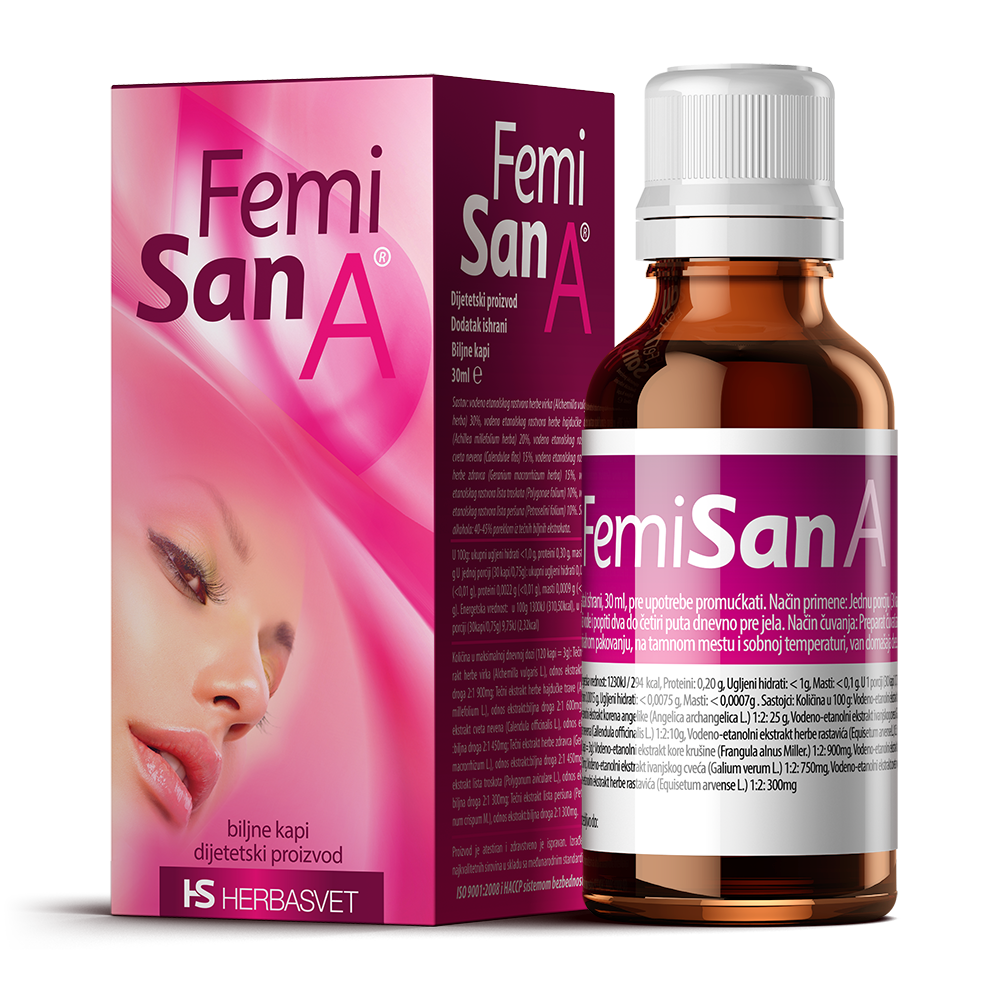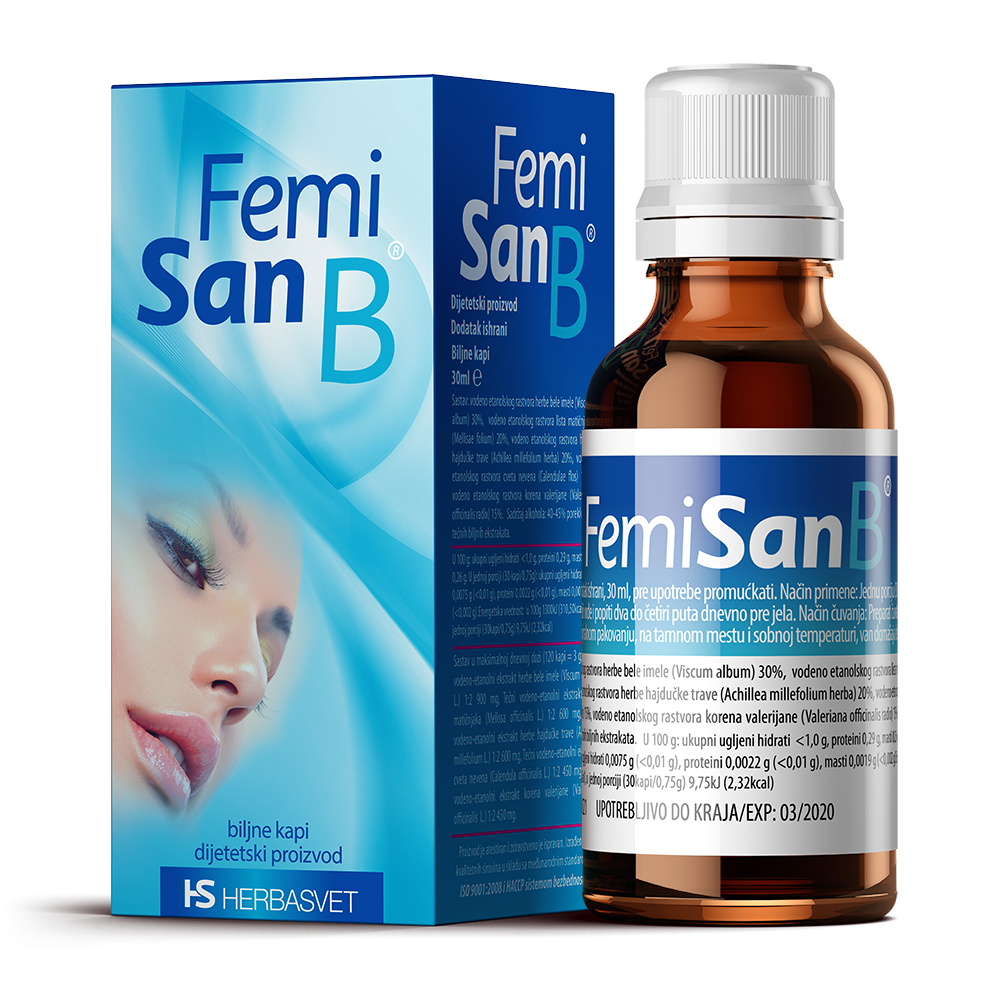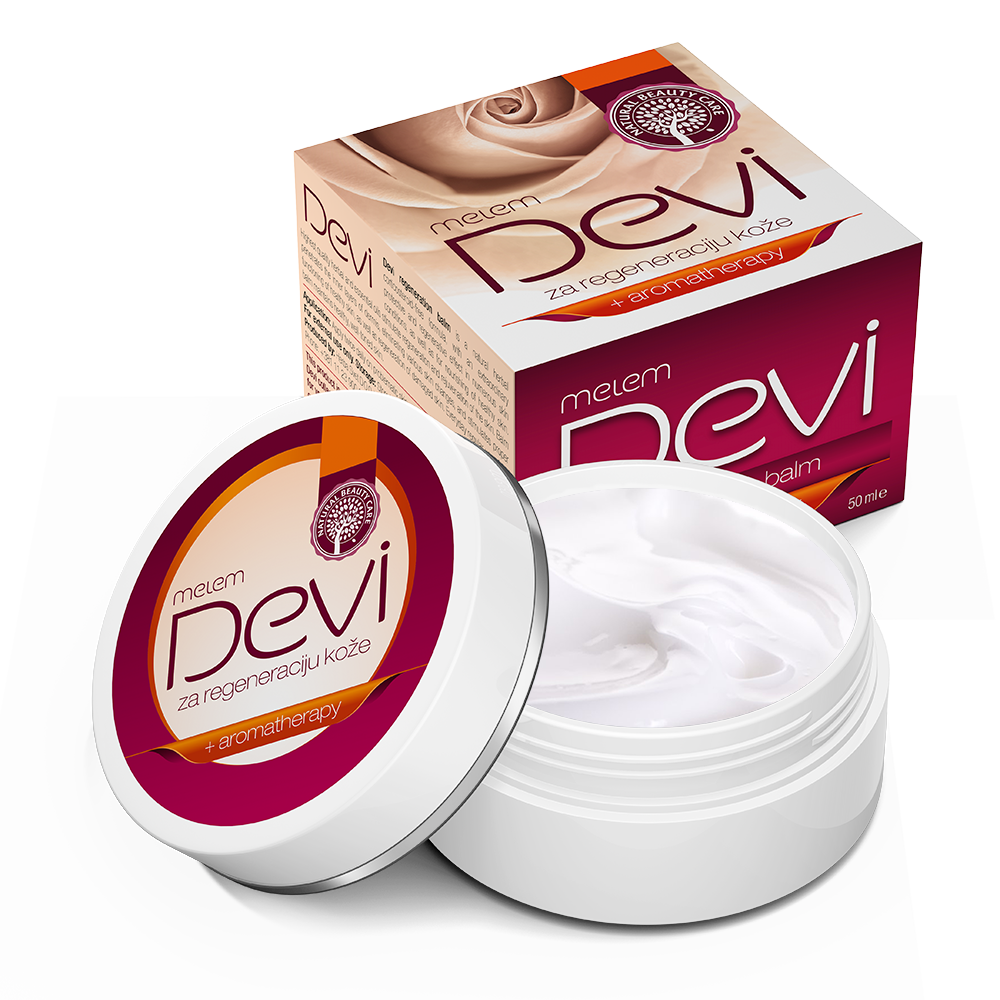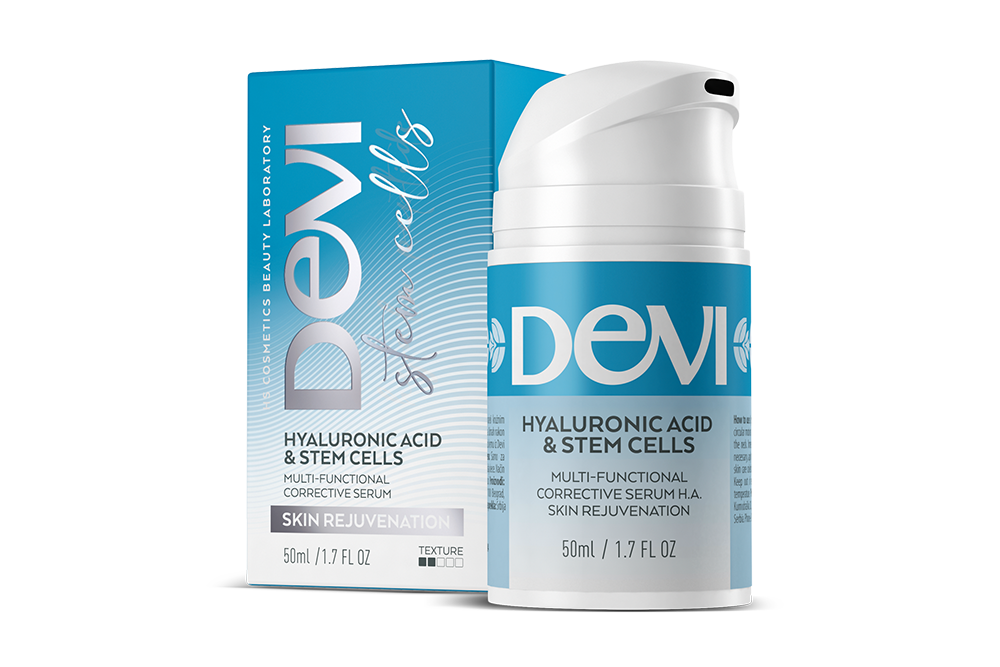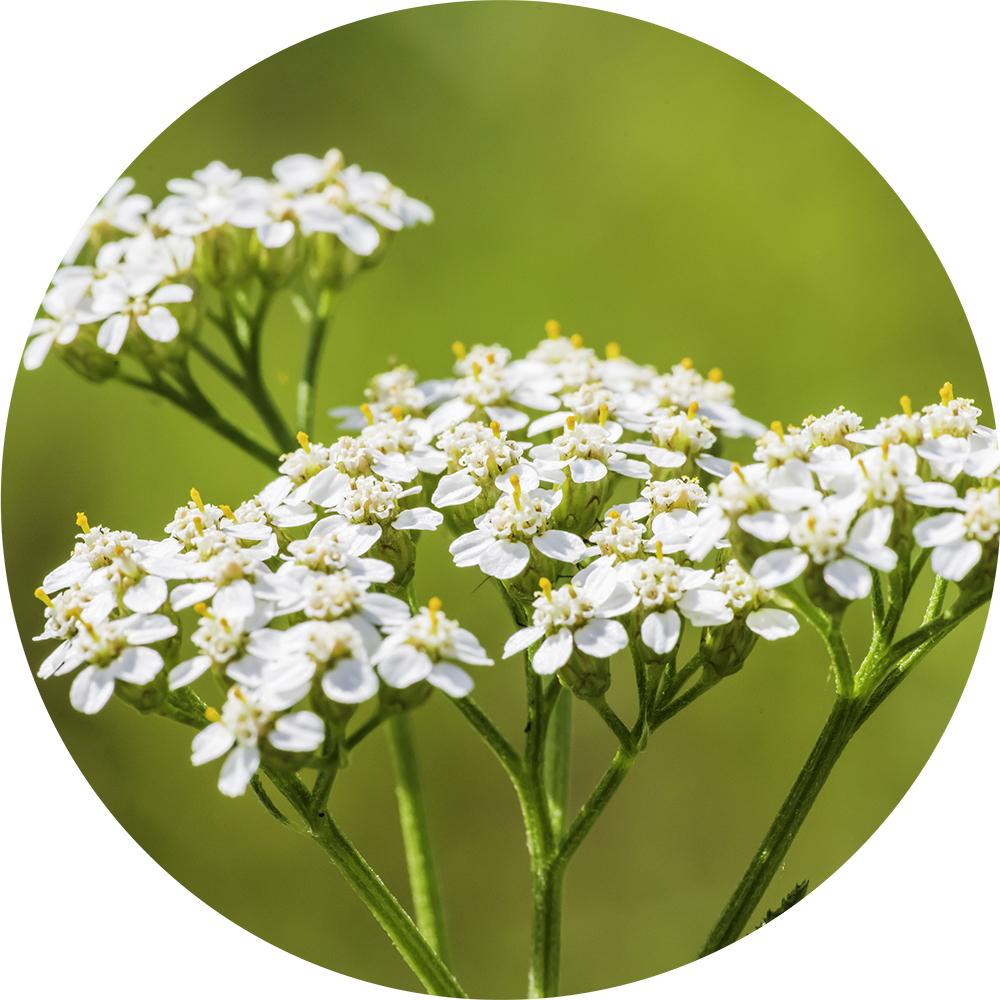(Achillea millefolium)
Achilles, an almost invincible hero of the Trojan War, owed his immortality to his mother Thetis, a nereid – a sea nymph – who regularly dipped him in the river Styx; however, he was left vulnerable in the part of the body by which she held him: his left heel which never touched the sacred waters of the river Styx. Thetis used different methods in an attempt to strengthen her son. Some unorthodox methods which were opposed by her husband Peleus involved Thetis anointing the boy in ambrosia and holding him over a fire in order to burn away the mortal parts of his body. After she had been stopped by Peleus, she abandoned both her husband and her son in a rage and returned to the depths of the sea.
The burn on Achilles’ body was healed by the honourable Chiron the Centaur to whom Peleus entrusted his son’s education. Chiron achieved a feat that even modern medicine would be envious of – he carried out the first transplantation. He implanted the bone of the giant Damiso, a famous runner, making Achilles an extraordinary runner. Achilles had all the advantages of the most modern education of the time: his diet consisted of the intestines of lions and wild boar (so that he should become strong) and honey to make him sweet and eloquent. In effect, Achilles had all the advantages of the traditional medicine of the period.
As the Greek fleet gathered in Aulis, Achilles mother gave him Hephaestus weapons, a divine horse and the slave Mnemon. Legend has it that the Greek army first reached Mysia on its way to Troy. Convinced that they had arrived in Troy, they set out to ravage the city, until Telephus, the son of Heracles, appeared. After Telephus had stumbled on a vine, Achilles struck him in the thigh with a spear.
After many adventures, Telephus and Achilles met in Greece again. Telephus’ wound was not healing and – as he leant from the oracle – it could be healed only by the person who inflicted it. Therefore Telephus donned beggar’s clothes and went searching for Achilles. In Aulis, he managed to get medical help thanks to his cunning: he promised the Greek army to show them the way to Troy if Achilles healed his wound.
A version of the story says that Achilles scraped pieces of his spear into Telephus‘ wound, which miraculously healed. According to another version, he applied phytotherapy – he applied yarrow on Telephus wound. We all probably know how Achilles ended his life and how his heel became legendary, but that is not all. In year 1753 Achilles healing powers inspired Carl Linnaeus to name a very special plant by his name. That is how yarrow was given its scientific name Achillea millefolium.
YARROW INFUSION – PARADISE FOR HAJDUKS
Many heroes’ wounds were healed by this herb; in our country it became a legend thanks to hajduks (legendary anti-Ottoman freedom fighters and highway brigands in West Balkans), who are fated to have carried it on themselves, just in case. They used to brew an infusion with it which they drank and used to dress wounds. Centuries have passed, but yarrow (in Serbian called hajdučka trava /hajduks’s herb/) does not cease to fascinate and has become part of official medicine. The European Medicines Agency has voluminous documentation on its properties, which were known in the past to traditional medicine, and nowadays to modern phytotherapy too.
It is a wild, perennial plant that loves meadows and green expanses, but it is not very picky: yarrow also grows along roads, ruins or backyards. Bright flowers adorn it from June to October; it is harvested in summertime. The medicinal part of the plant are its parts that grow above ground: the flower, leaves and the stem.
FOLK MEDICINE FOR MODERN TIMES
Yarrow belongs to the Asteraceae family, is a bitter plant and essential oils and flavonoids that are part of its chemical composition have an antimicrobial effect. Its healing effect is multiple: as an astringent (it shrinks blood vessels and thus stops or reduces bleeding), it is an emmenagogue (causes menstruation), a diuretic (helps expel excess water from the body) and an antispasmodic (relieves cramps).
As hajduks got convinced a long time ago, an infusion made from parts of yarrow that grow above ground stop bleeding wounds and accelerate their healing; it has a beneficial effect on the digestive system, relieves cramps, heals haemorrhoids, is excellent for digestive problems, soothes gastritis, colitis, helps treat rashes, soothes flu and cold symptoms, cleanses the blood and relieves the liver and thus contributes to general vitality. The therapeutic use of yarrow also covers cardiovascular disorders: high blood pressure, angina pectoris and problems with circulation; it also helps with diabetes because it lowers blood sugar levels and has a beneficial effect on the nervous system. Numerous scientific studies have confirmed the antihaemorrhagic, healing and analgesic effect of this plant, which it has thanks to flavonoids, phenols, coumarins, terpenoids and sterols, while its anti-inflammatory effect comes from sesquiterpenes and alkamides. An Iranian scientific study specifically touched on the anti-inflammatory and healing effects of yarrow in ulcers of the digestive tract, emphasising its effectiveness without causing negative effects on the liver, unlike synthetic drugs.
WHO ARE THE REAL HEROES?
But women still benefit most from yarrow. This miraculous plant balances hormones, soothes heavy menstrual bleeding, reduces increased vaginal secretion, regulates the cycle and is of great benefit to women who have irregular menstruation, and its antispasmodic effect is especially pronounced during painful menstruation. Its spectrum of action on the female reproductive system makes a great contribution in the fight against ovarian cysts and polycystic ovary syndrome. It is interesting that the favourite medicinal plant of Achilles and hajduks is the most effective in treating women’s ailments.
Therefore, there is a very good reason why yarrow is one of the ingredients used in Femisan A and Femisan B preparations. In addition to other medicinal plants, this precious plant soothes lengthy and heavy bleeding and has a positive effect on the hormonal balance. With its calming effect on the nervous system it soothes its oversensitivity in perimenopause and menopause, and after the onset of menopause it has a positive effect on the cardiovascular system by preventing diabetes and strengthening immunity.
Myths and legends are one thing, but reality is something completely different. We all know that women are in effect the biggest silent heroes. That is why this herb of heroes is here to ease their way through many heroic adventures – both those experienced on a daily basis, but also those momentous events in one’s life. Because what is necessary to achieve the biggest feats in our life is health.
